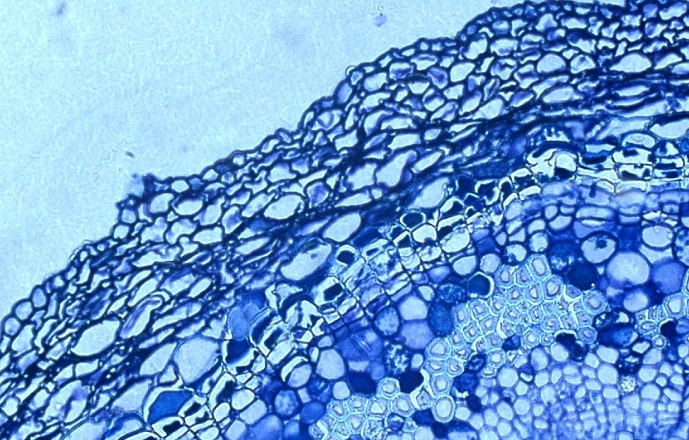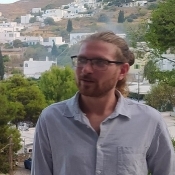CellDivCork - Cell division patterns during periderm development in Quercus spp.
Plants undergo continuous growth and development and simultaneously accomplish functions such as reproduction, support, transport, and protection. The outermost tissues of the plant body have evolved to control the loss of water to the environment, to protect against biotic and abiotic agents, and to offer mechanical support. The epidermis and periderm are the two protective tissues that cover plant shoots and roots. The epidermis is the protective layer of the primary plant body, later replaced by the periderm, when the body increases in thickness by secondary growth. The periderm is composed of three different layers: the phelloderm, the phellogen - the meristem, and the phellem.
The phellem (or cork), produced by the cork oak (Quercus suber) can be a product of high economic value. This tree’s unique genetic program allows that the same ring of meristematic cells keeps up with the inner trunk enlargement as long as the tree is alive, making the cork a uniform and well patterned tissue that, together with other chemical properties, renders it an optimal raw material for several industry applications such as surfacing panels and cork stoppers. Despite the obvious importance of the protective tissues for plant performance, the mechanisms controlling periderm development are largely unknown in any plant species. Particularly for cork oak, research has been focusing on the chemical and physical properties of its cork but there is little knowledge about the genetic developmental programs controlling its periderm/cork formation. The aim of this project, CellDivCorK is the study of the genetic program regulating plant periderm/ cork development. CellDivCorK research will focus specifically on the control of cell division activities and patterns that produce periderm/cork.
CellDivCorK’s team presents a combination of skills and expertise in developmental biology (the PI), cell biology (the co-PI), plant genetics and genomics, plant evolution and diversity, which will contribute for multi-disciplinary approaches and different visions. For knowledge integration and the project good governance, team members will have frequent meetings, discussions, and seminars. CellDivCorK will promote the dissemination of the main results through several scientific communications in different formats. CellDivCorK also aims to promote appreciation for the beauty and importance of plants, the particularities of plant development and the significance of plant science research, by organizing activities for the general public.
Team
Principal Investigator
Researchers

Paulo Guilherme Leandro de Oliveira
Position: Assistant Professor
Group:
PLANTBIO Students
Other members
Kaisa Nieminen
Kaisa Nieminen
State
Ongoing
Proponent Institution
Associação BIOPOLIS (CIBIO-InBIO)
Funded by
Fundação para a Ciência e a Tecnologia (FCT)
Dates
2022 (Duration: 2 years)
Participant Institutions
Natural Resources Institute Finland (Luke)
Reference
EXPL/BIA-FBT/0997/2021





